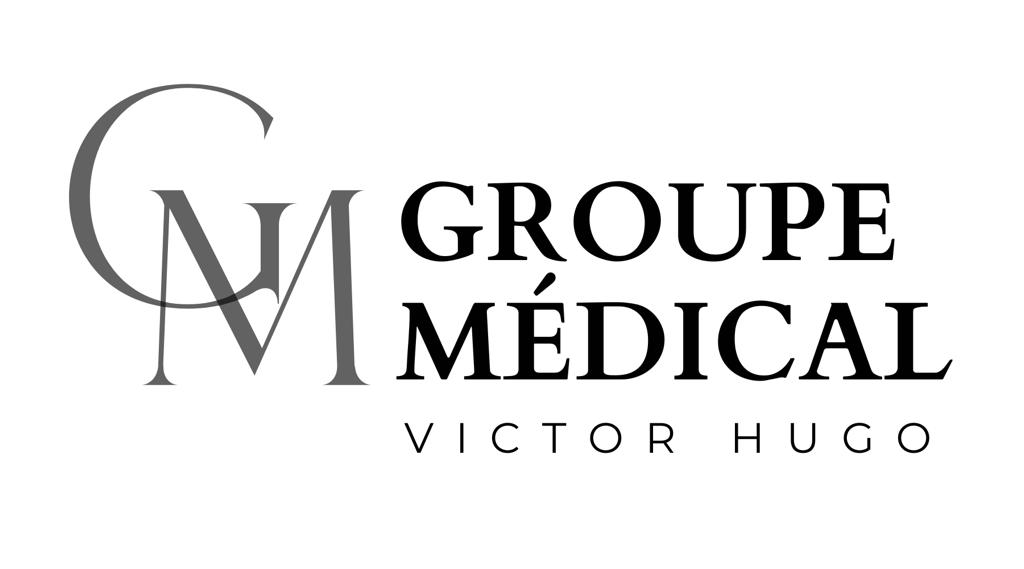URINARY STRESS INCONTINENCE
U.S.I.
- The the most common, this is the form best known to women and medias.
- Circumstances: sneezing, coughing, laughing, vomiting, wearing loads,… in fact any physical activity that increases I.A.P.
The lowest prevalence is in Spain (23%), while the prevalence is 44% in France, 41% in Germany, and 42% for the United Kingdom. With most studies reporting a prevalence of any U.S.I. between 25 and 45%.

Urinary Stress IncontinencE
U.S.I.
- Urinary leaks can begin in young nulliparous girls in 8.5% of cases between the ages of 16 and 20, particularly during physical activities and sport classes at school.
- Nearly 50% of women admit to having had urinary leakage while playing sports.




- he most common problem is a lack of support to the upper urethra and bladder outlet (urethral hypermobility)). Normally, this tissue acts like a hammock to resist the downward pressure on the bladder and urethra.
- A second problem, is poor urethral function. This is frequently termed IntrinsicSphincter Deficiency (ISD).
- If there is a lack of support to upper urethra (urethral hypermobility) urinary leakage may occur.



OVERACTIVE BLADDER O.A.B.
- Symptoms of overactive bladder include: sudden, urgent need to Urinate; urinating frequently > 7 times a day or more in 24 hours; inability to control the urge to urinate before getting to the toilet.
- Main causes: recurrent cystitis, bladder polyps, neurological diseases (spinal cord lesions, stroke, Parkinson’s disease, MS, etc.) pelvic organ prolapse.
- Idiopathic O.A.B. is overactivity, in the absence of any underlying neurological, metabolic, or other causes. The «key in lock» syndrome.
NOCTURIA
- Nocturia is waking up more than once during the night because you have to pee.
- Causes can include bad eating habits; too much fluid, reduced bladder capacity; excess urine production; diuretics ; heart failure, renal failure; sleep disorders.

Troubles Mictionnels
Dysurie
- Micturitional disorders occur more frequently than incontinence and are psychosocially more invalidating.
- Some common signs and symptoms of bladder issues include: pain or a burning sensation during urination; incomplete bladder emptying; urinating frequently in small amounts; pressure or pain in the lower abdomen.
- The main causes are: urinary tract infection, urethral stricture, bladder stone, constipation, pelvic organ prolapse.



THE MANAGEMENT OF
URINARY STRESS INCONTINENCE
- Treatment of stress urinary incontinence subdivides into behavioral, pharmacological, and surgical management:
- Pelvic muscle exercises such as Kegel
- Pelvic floor muscle training (PFMT)
- Electrostimulation with probes or surface electrodes
- Extracorporeal magmetic stimulation
- Biofeedback
- Pessaries with ring
- Bulking agents
- Mid-urethral sling procedures: TVT-TOT
- Laser therapy
- Articicial sphincter
THE MANAGEMENT OF OVERACTIVE BLADDER
- Treatment of overcative bladder subdivides into behavioral, pharmacological, and surgical management:
- Pelvic muscle exercises such as Kegel
- Behavioral therapy with healthy lifestyle changes.
- Alternative therapies: acupuncture, yoga, psychotherapy
- Antimuscarinics drugs and β3 adrenoceptor agonist
- Electrostimulation with probes
- Stimulation of the tibial nerve
- Extracorporeal magmetic stimulation
- Sacral neuromodulation
- Intra detrusor injection of onabotulinumtoxinA
HE MANAGEMENT OF VOIDING DISORDERS
- Various medications may be used to treat LUTS, including:
- 5-alpha reductase inhibitors ; antibiotics to treat infections; alpha-blockers antihypertensives to relax the blood vessels.
- Neuromodulation;
- Urethral dilatation;
- Intermittent catheterization.

Témoignages et satisfaction de nos patientes
Notre centre de Pelvi-périnéologie est noté 4,6/5 sur Google. Notre objectif est de fournir le meilleur service professionnel aux femmes.
